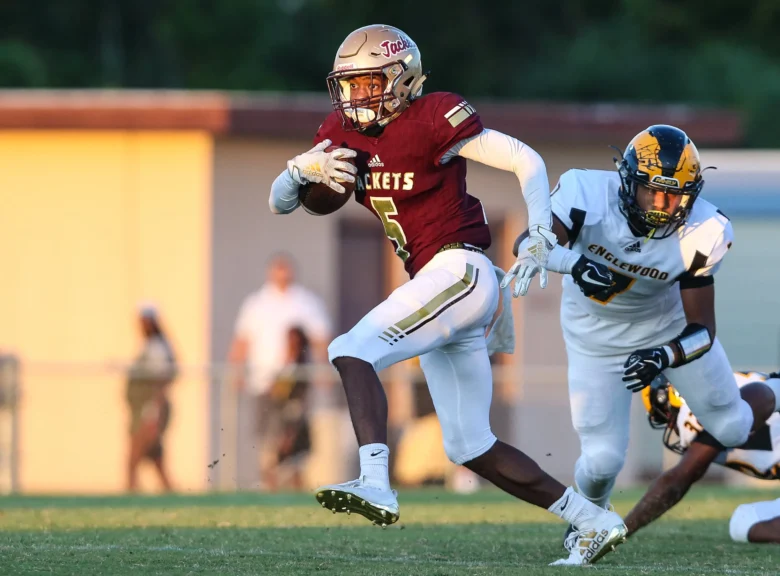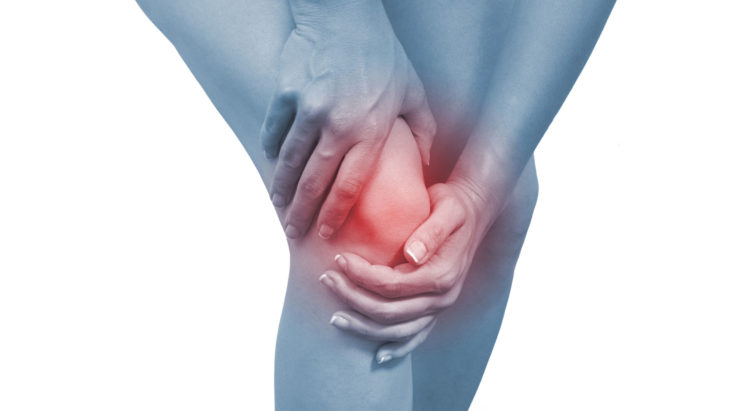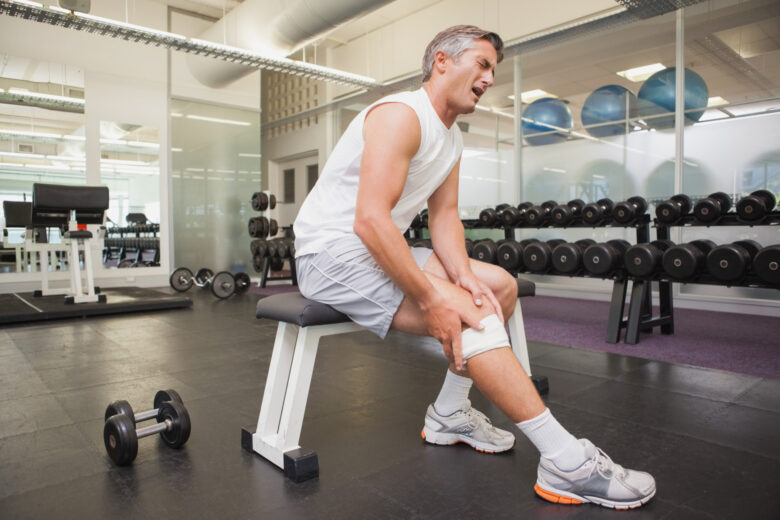For many years, high school athletics have been a part of American society, giving kids a chance to form friendships, improve their physical abilities, and learn valuable life lessons. Yet, worries regarding the dangers involved in these sports have surfaced recently. Notably, the risk of concussions and joint damage has been related to contact sports like football and soccer.
Football is the sport with the highest prevalence of concussions, according to the Centers for Disease Control and Prevention (CDC). Girls’ soccer has a higher rate of concussions than boys’ soccer, likely due to differences in how they play it. High school athletes are responsible for a sizable part of all recorded concussions. Football has a concussion rate of 10.4 per 10,000 sports exposures, according to a study by the National Federation of State High School Associations, meaning that every time players train or play, they risk a concussion. Boys’ lacrosse and girls’ basketball are some other sports with high concussion rates.

Source: jacksonville.com
Headaches, memory issues, and other significant long-term symptoms of concussions include cognitive impairment. Chronic traumatic encephalopathy (CTE), a degenerative brain disorder connected to depression, memory loss, and suicide, can occasionally result from concussions.
Joint injuries are another frequent concern connected with high school athletics, in addition to concussions. Due to joints’ poor capacity for self-healing, these injuries can be extremely harmful. A study published in the Journal of Athletic Training found that players are more likely to develop osteoarthritis later in life due to their joint injuries while playing high school sports. This is especially true for sports like football, soccer, and basketball, that feature high-impact moves. Which may necessitate the need to visit an orthopedic surgeon, like Integrated Orthopedics, who specializes in sports medicine and surgery.
Overusing or injuring the joints can cause deterioration, leading to chronic pain, stiffness, and restricted movement. This is especially true for athletes who compete in sports like basketball, soccer, or track and field that entail contact or repeated actions.
Joint damage can substantially affect someone’s future health and the immediate pain and discomfort it causes. Joints have difficulty recovering, and recurrent injuries can result in degenerative diseases like osteoarthritis. This can make engaging in physical activity challenging and affect a person’s capacity to carry out daily duties.
Joint damage can have serious long-term repercussions, particularly for athletes who continue participating in high-impact activities far into their old age. Osteoarthritis affects one in two persons who live to be 85 years old, according to the Arthritis Foundation. It is even more likely for athletes who have already sustained joint damage to develop osteoarthritis.
High school athletics can help students develop their physical health, social skills, and personal growth. The following are some ways that high school athletics can aid in students’ social development:

Source: painhealth.com
- Collaboration and Cooperation: The chance to hone teamwork and cooperation skills is one of the most evident advantages of participation in high school sports. Student-athletes develop their ability to trust, communicate effectively, and provide for one another through teamwork. These abilities help students manage group assignments, work together in the workplace, and develop strong interpersonal relationships—all crucial for success on and off the field.
- High school athletics can also assist pupils in developing their leadership abilities. Students can step into leadership positions like team captain or club president as they collaborate with their coaches and fellow athletes. These encounters teach them to lead by example, make difficult choices, and resolve disputes amicably.
- Social Bonds: Playing high school athletics can help kids forge friendships with classmates. Student-athletes can develop friendships and create a sense of community with others who share their interests and hobbies, whether supporting their team during games or participating in team-building exercises.
- High school sports can also help kids build self-confidence and self-esteem. Students felt more proud and accomplished as they developed their skills and contributed to their team’s success. This may have an impact on their personal connections and academic performance.
- Finally, participating in high school sports can aid kids in strengthening their time management abilities. Student-athletes must learn to organize their time and manage responsibilities between practices, games, and academic requirements. These abilities are beneficial for post-high school life as well as college.
The social advantages of sports participation throughout our formative years are also contested. One defense is that high school athletics can be exclusive and cause cliques to form in classrooms. This may make kids feel excluded and lonely, harming their mental health and well-being.
Another argument against the social advantages of high school athletics is that they might foster an atmosphere of solid competitiveness and pressure, making some students feel stressed and anxious. This pressure to excel can be challenging for children who may be less athletically gifted or need help to balance their academic and athletic responsibilities.
Furthermore, others contend that the focus on winning and losing in high school athletics can foster an aggressive atmosphere and unhealthy competition. This may lead to a lack of respect and good sportsmanship, both on and off the field.

Source: robertdebry.com
While there are undoubtedly social benefits to not engaging in high school athletics, it is crucial to acknowledge the numerous sound effects that sports may have on young people. High school athletics can assist young people in managing the difficulties of adolescence and getting ready for the future by offering opportunities for sociability, personal growth, and physical fitness.
Parents, athletes, and coaches should take precautions to maintain safety and lessen the hazards of high school sports. This involves using the right gear, exercising regularly, and adhering to concussion guidelines. Also, athletes should be urged to express any pain or discomfort they feel to avoid future injury.
While participating in high school athletics can positively affect children, some concerns must be understood and managed. Student-athletes must be adequately taught, supplied with equipment, and supervised to reduce the danger of significant injury. This requires cooperation between parents, coaches, and school authorities. Athletes who are hurt should receive the proper medical attention and should not be pushed to return to the field before they are fully recovered; hence policies and procedures should be implemented to ensure this.
